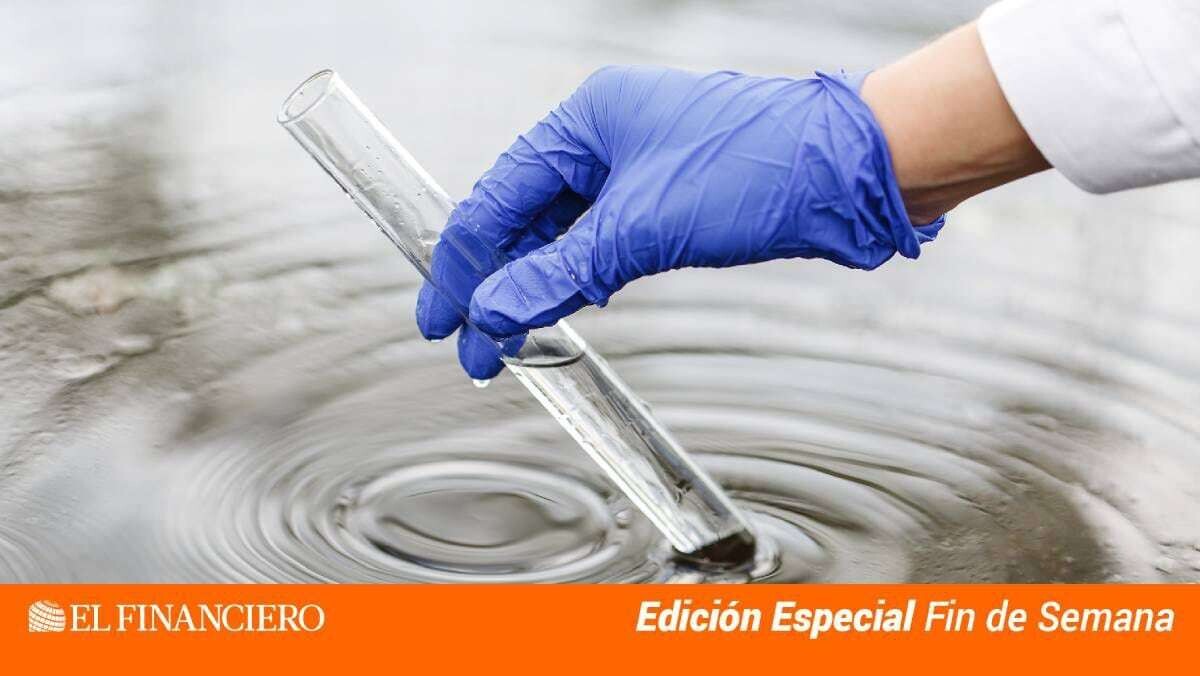
Perfluoroalkyl and Polyfluoroalkyl Substances (PFAS) are persistent and highly mobile compounds in water, making their removal challenging once released into the environment. In Mexico, water treatment infrastructure faces the challenge of effectively eliminating PFAS, as their detection and quantification have not been a priority in the country's environmental policies. This situation poses the risk of silent and unknown contamination, with potentially severe consequences for health and the ecosystem.
International studies have associated PFAS exposure with serious health problems, highlighting the importance of regulating the production and release of these compounds in Mexico. The lack of clear regulations indicates the need for a joint effort among government, industry, and academia to reduce the use of PFAS and prevent their entry into the environment. Despite the lack of recent public data on the presence of these contaminants in water sources in the country, it is crucial to address this challenge to ensure water quality, a vital resource for life.
Conventional water treatment methods, such as sand filtration or chlorination, are not effective in removing PFAS, requiring more advanced and costly techniques like reverse osmosis and adsorption with activated carbon. The implementation of these technologies is often excluded from municipal treatment plants due to their cost. It is essential for the construction industry to participate in solving this problem to avoid irreversible consequences on health and the environment.
The persistence of PFAS in water and living organisms poses a significant risk to public health and ecology, raising global concerns. Despite previous warnings about the need to monitor the presence of PFAS in the environment, Mexico still lacks solid regulations on the matter. To ensure safe access to water and protect aquatic and terrestrial ecosystems, it is crucial to plan and implement water treatment infrastructures capable of removing PFAS.
PFAS can contaminate rivers, lakes, and groundwater, affecting wildlife and accumulating in the food chain, which increases the risk of exposure for humans. These compounds are associated with various serious diseases, such as cancer, thyroid dysfunctions and immunological problems, liver issues, and complications in fetal development. Addressing this problem from source prevention is crucial to protect health and the environment from the harmful effects of PFAS.














